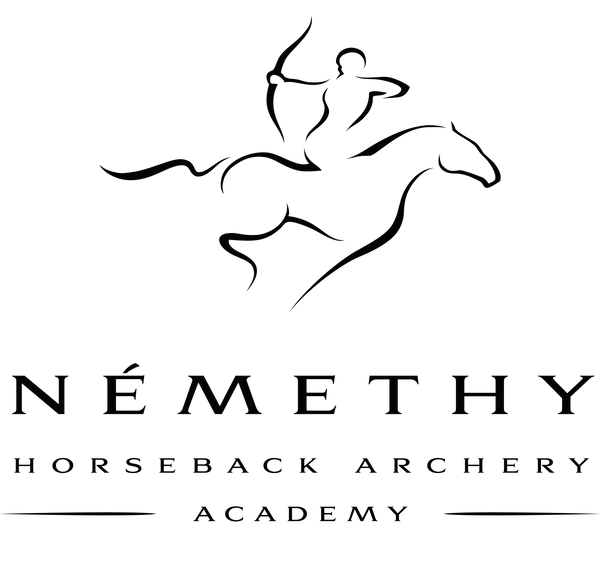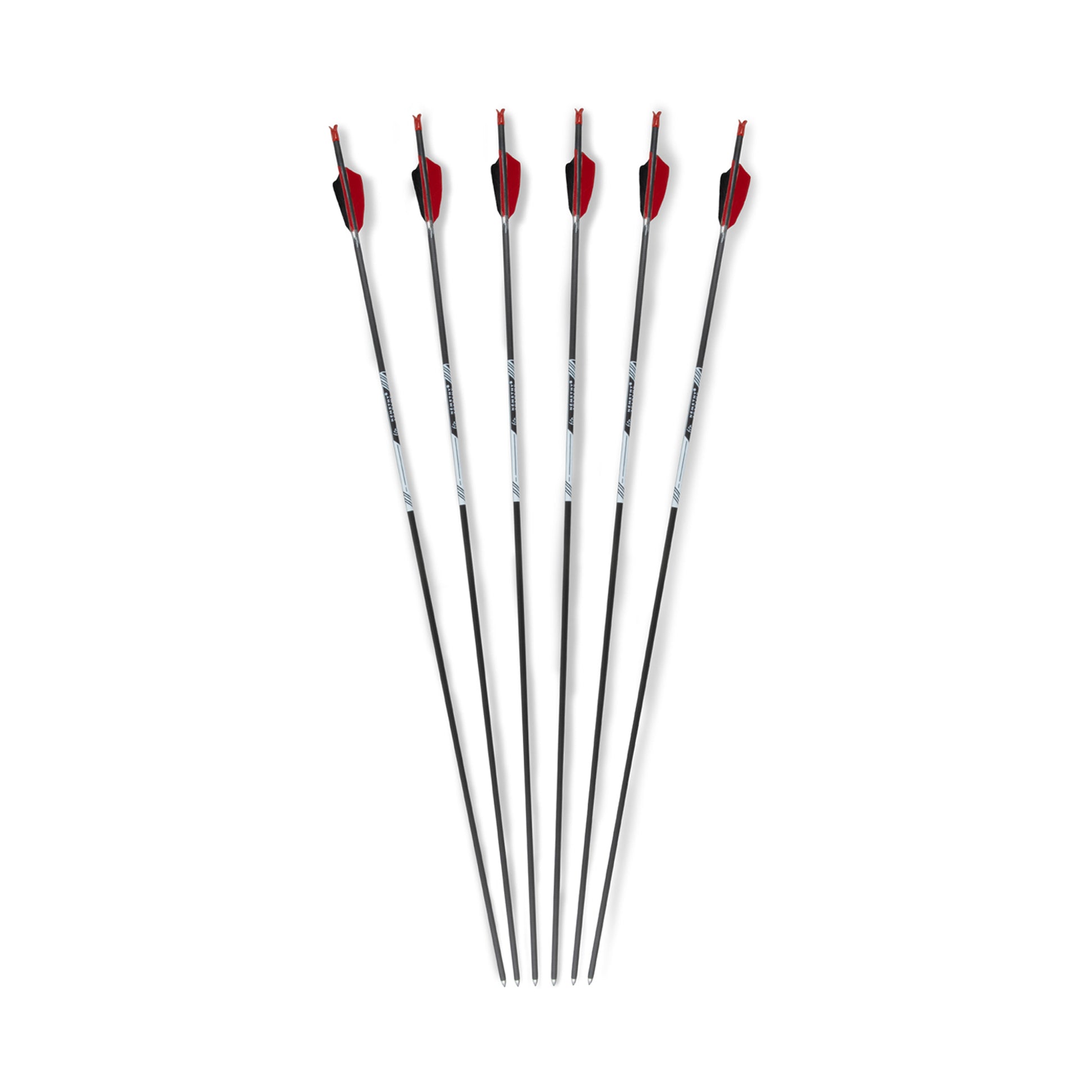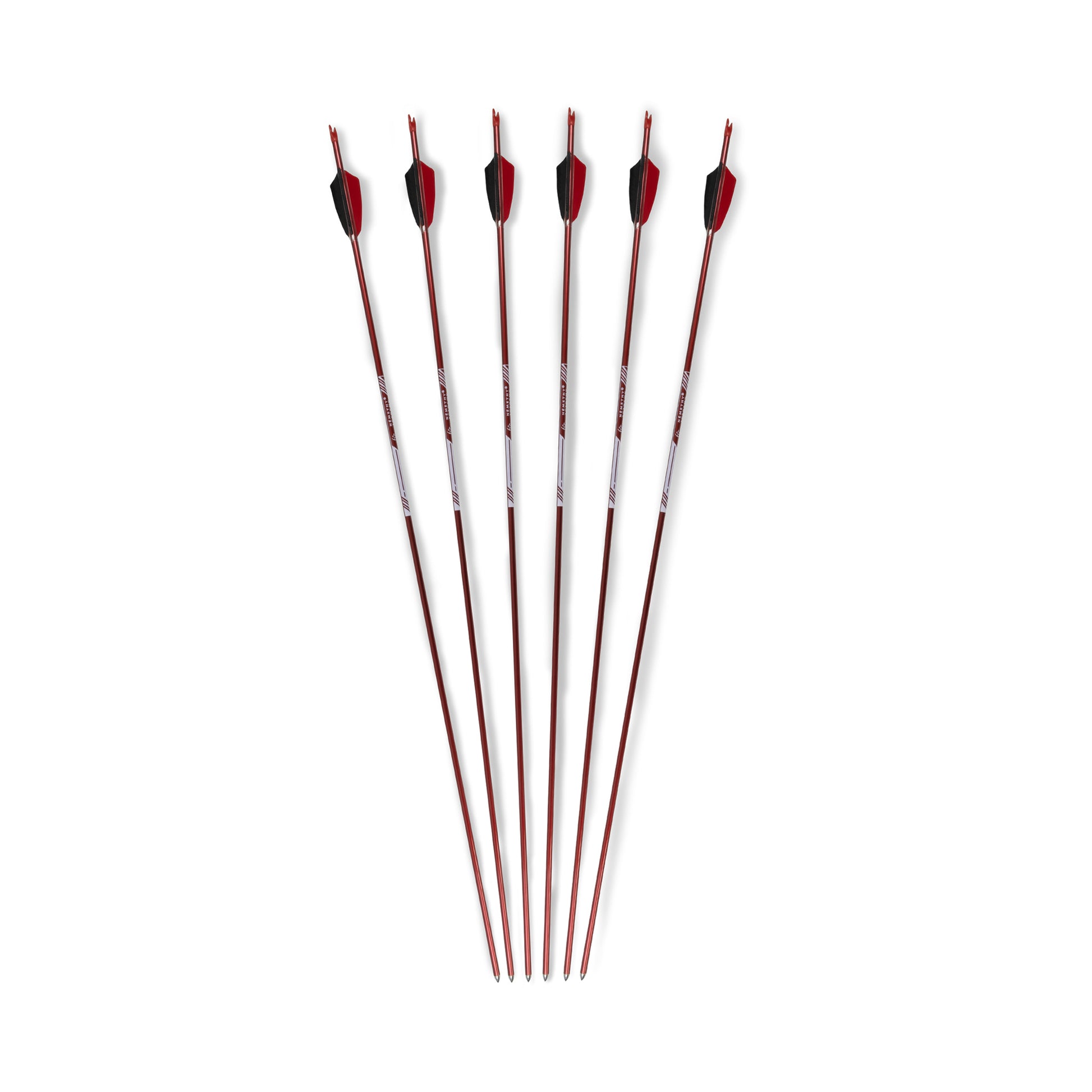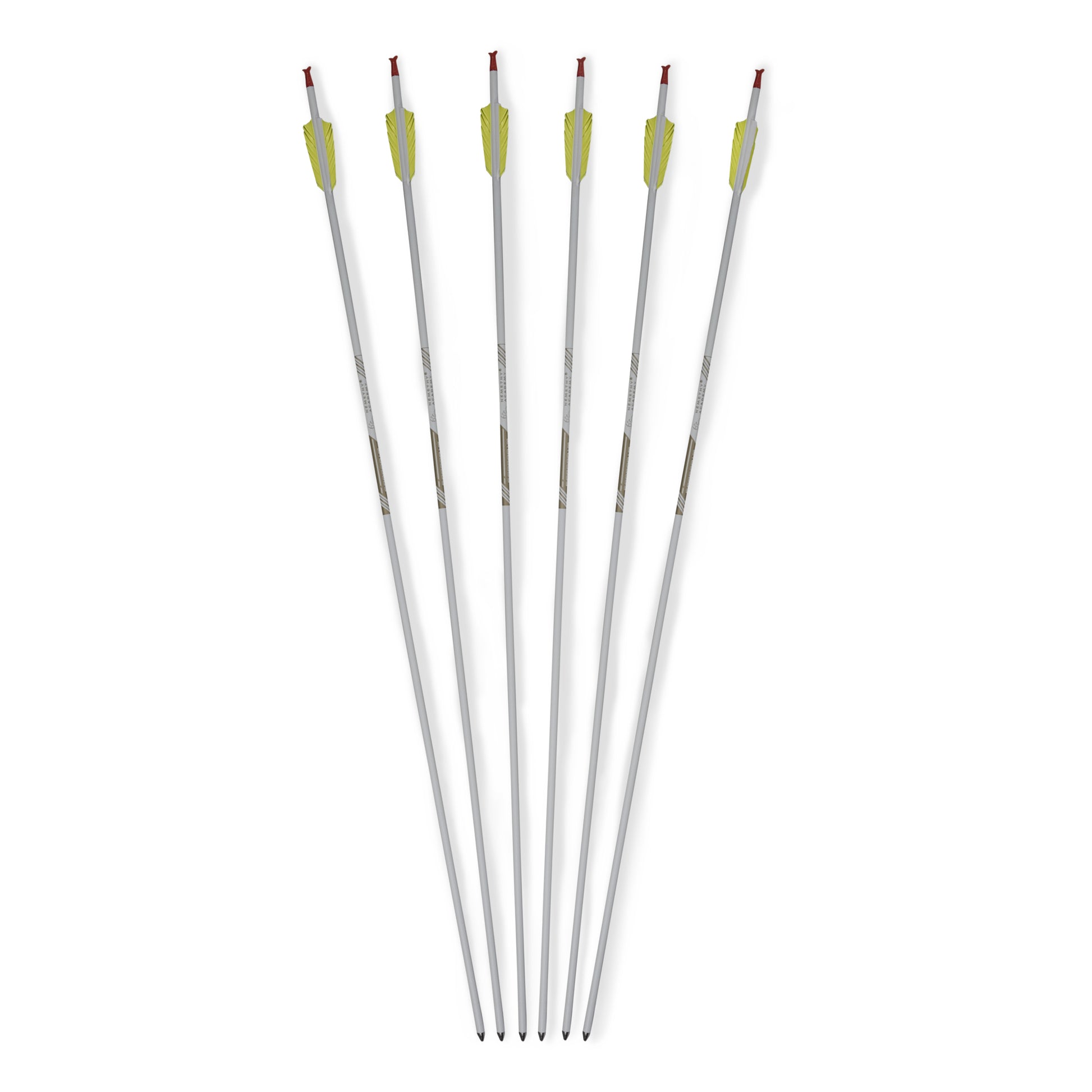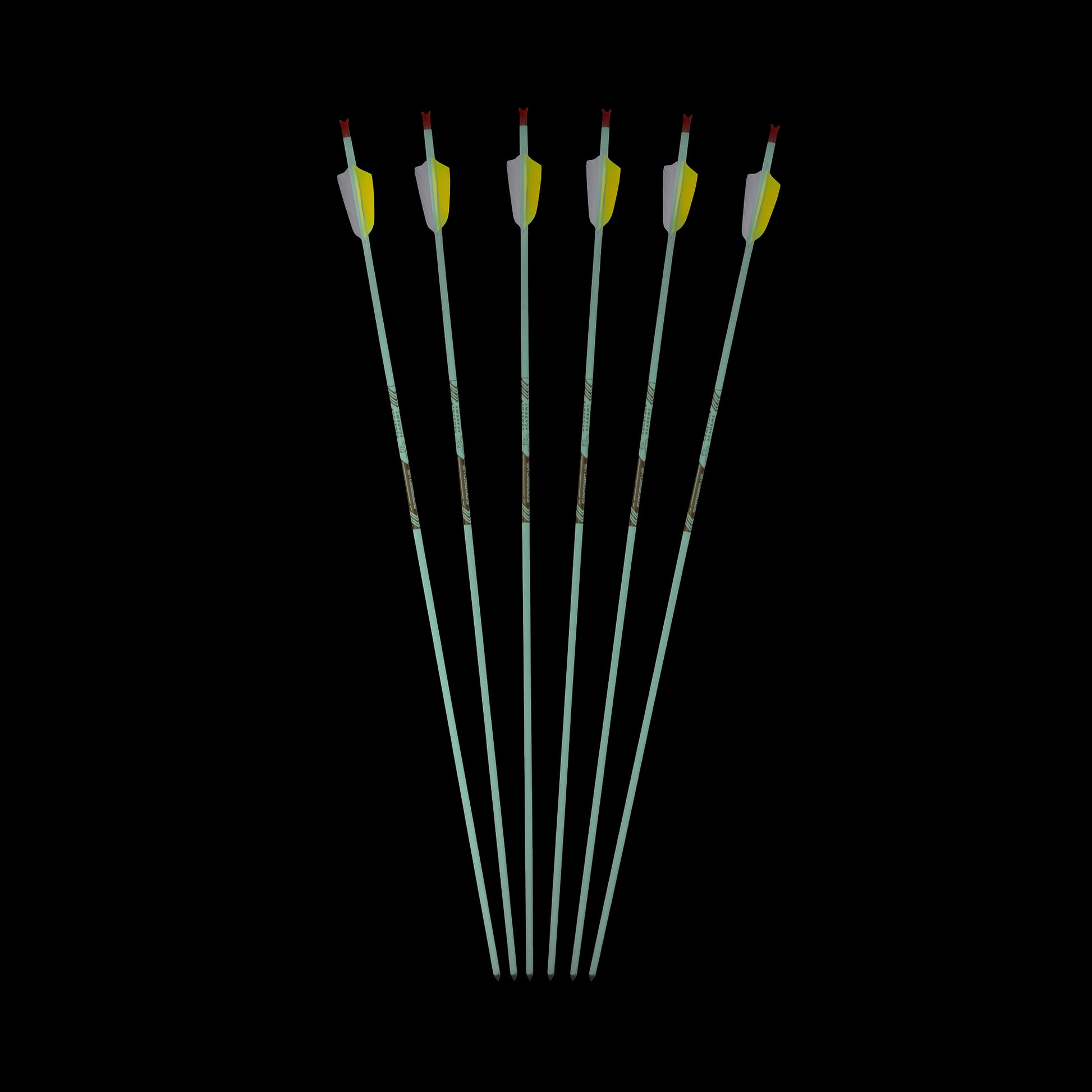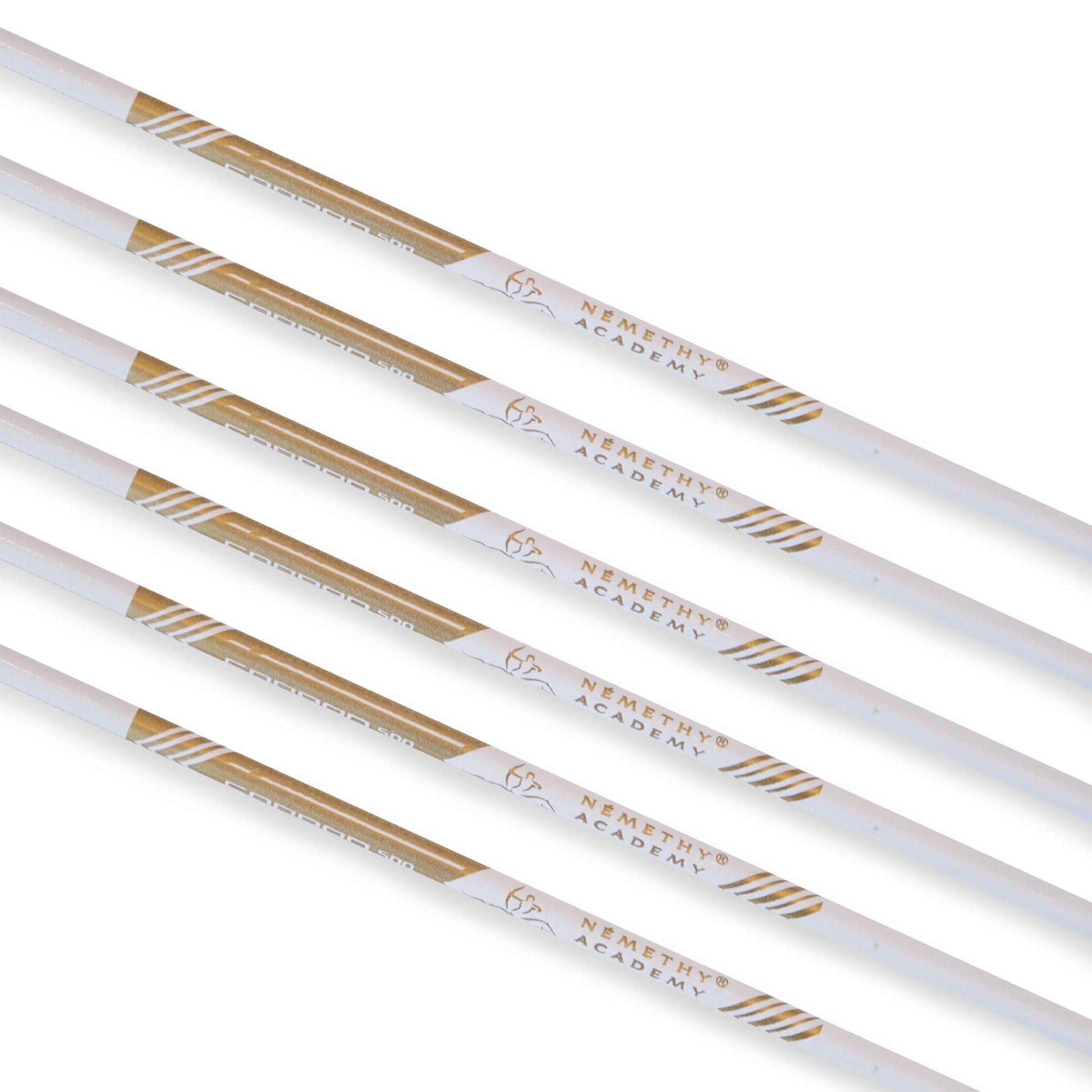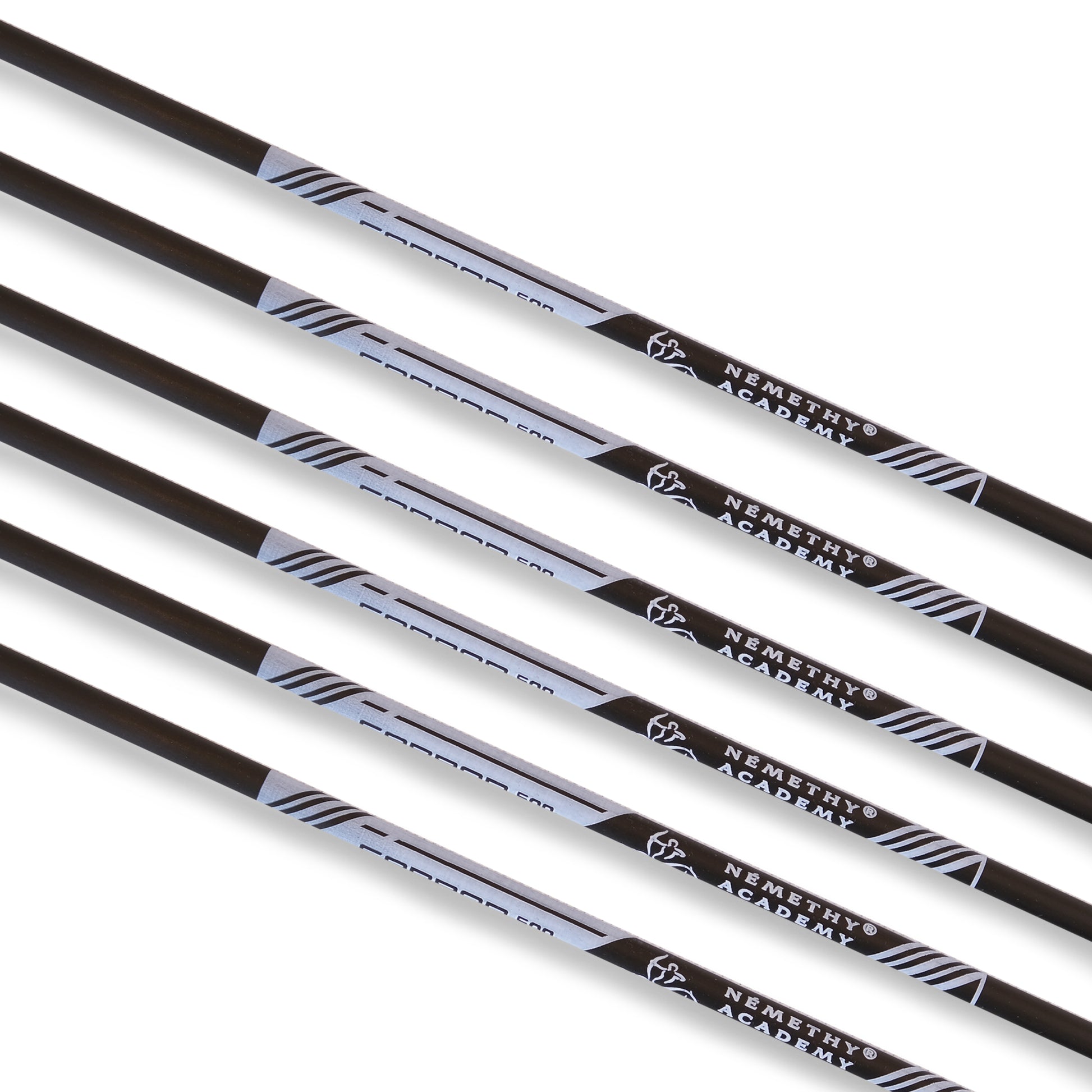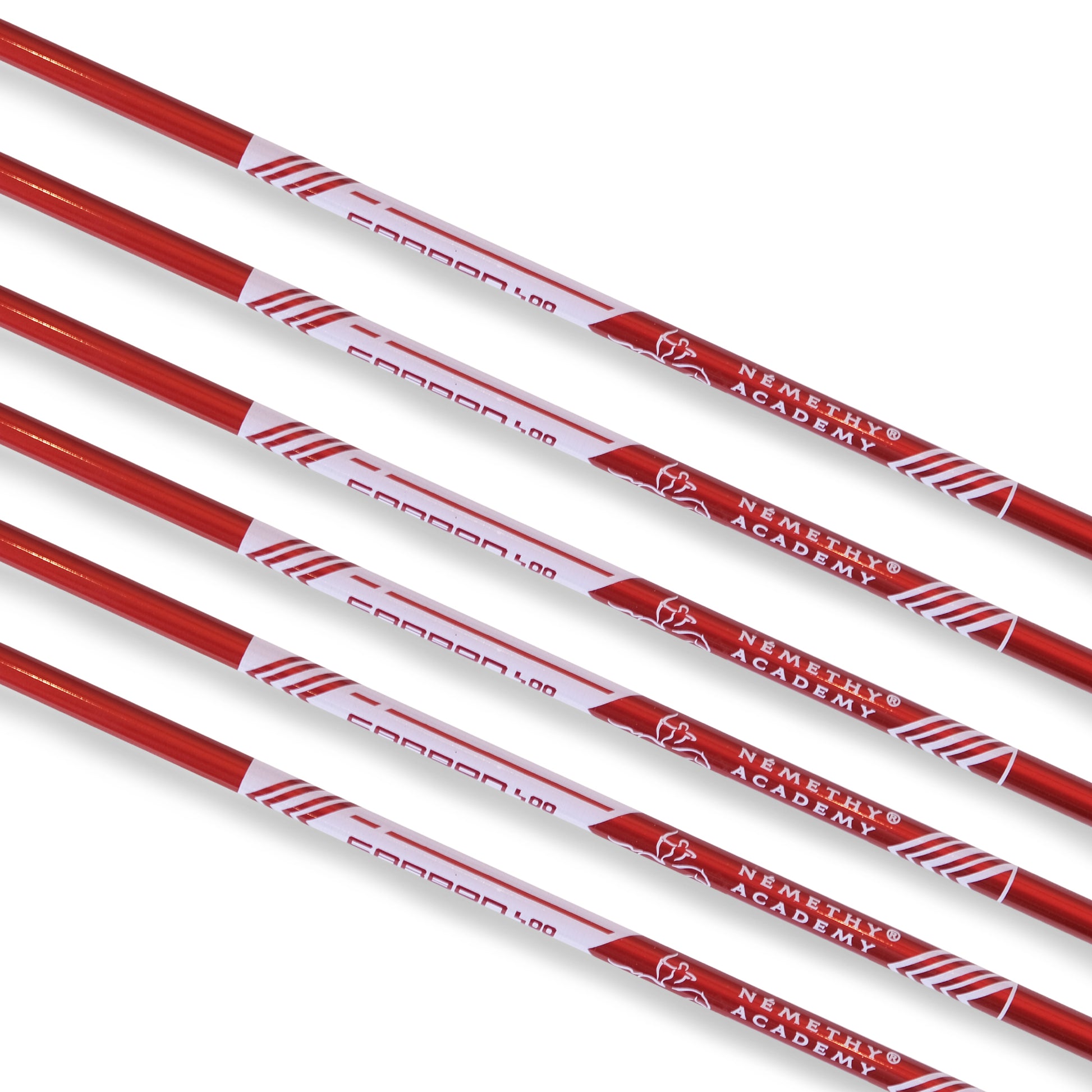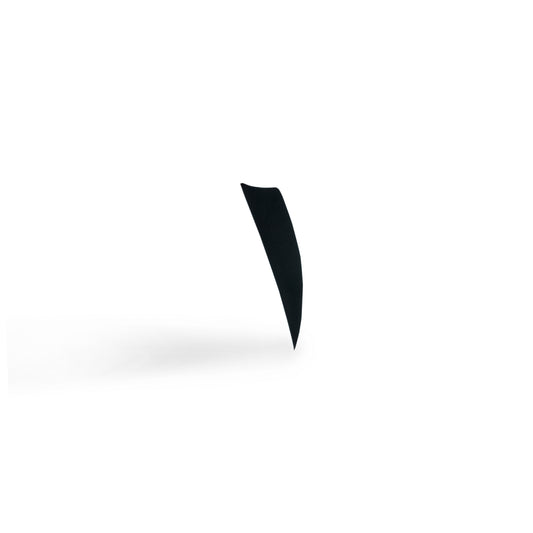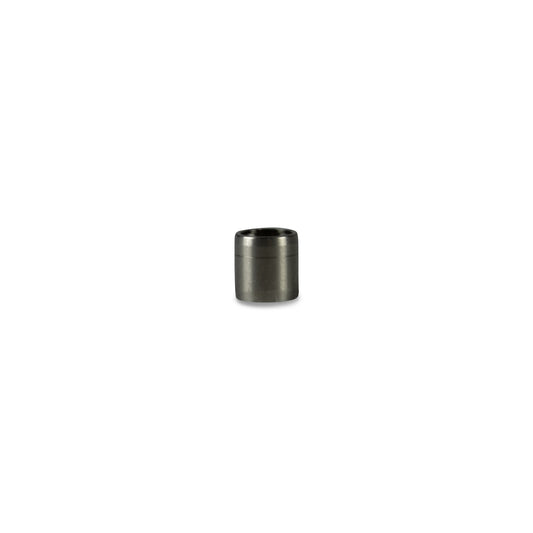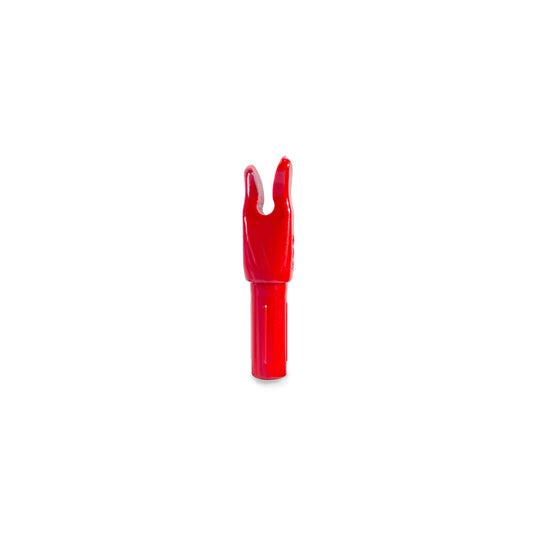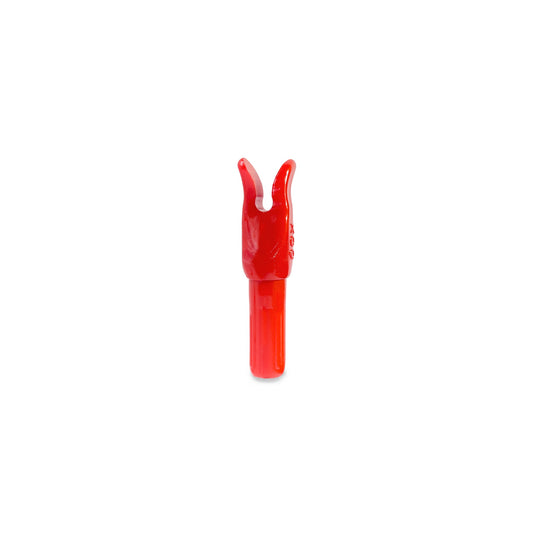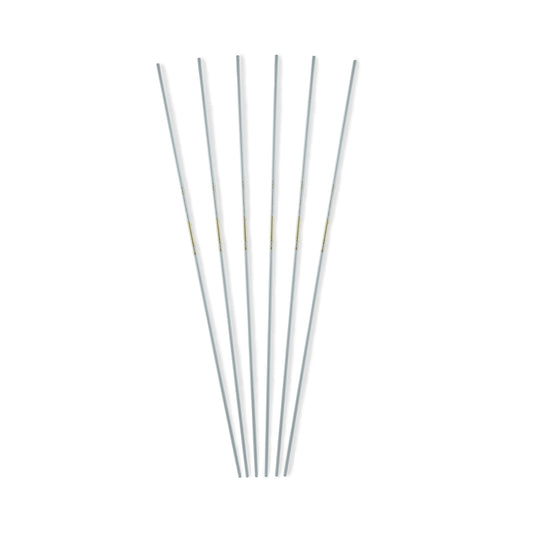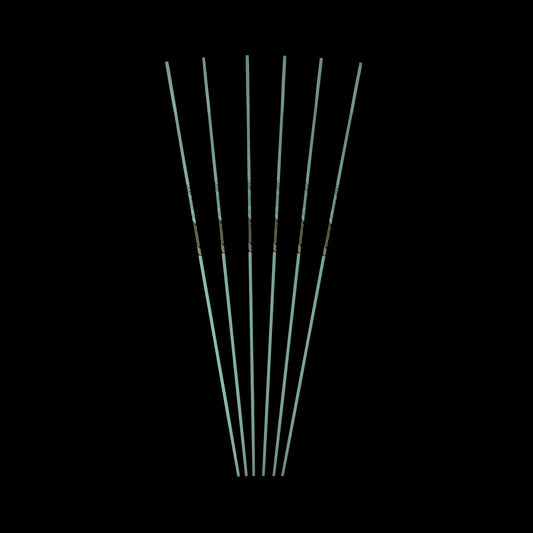Nemethy HBA Academy
Personalized Sport Carbon Arrow
Personalized Sport Carbon Arrow
Couldn't load pickup availability
Parameters
Product type: Sport arrow
View full details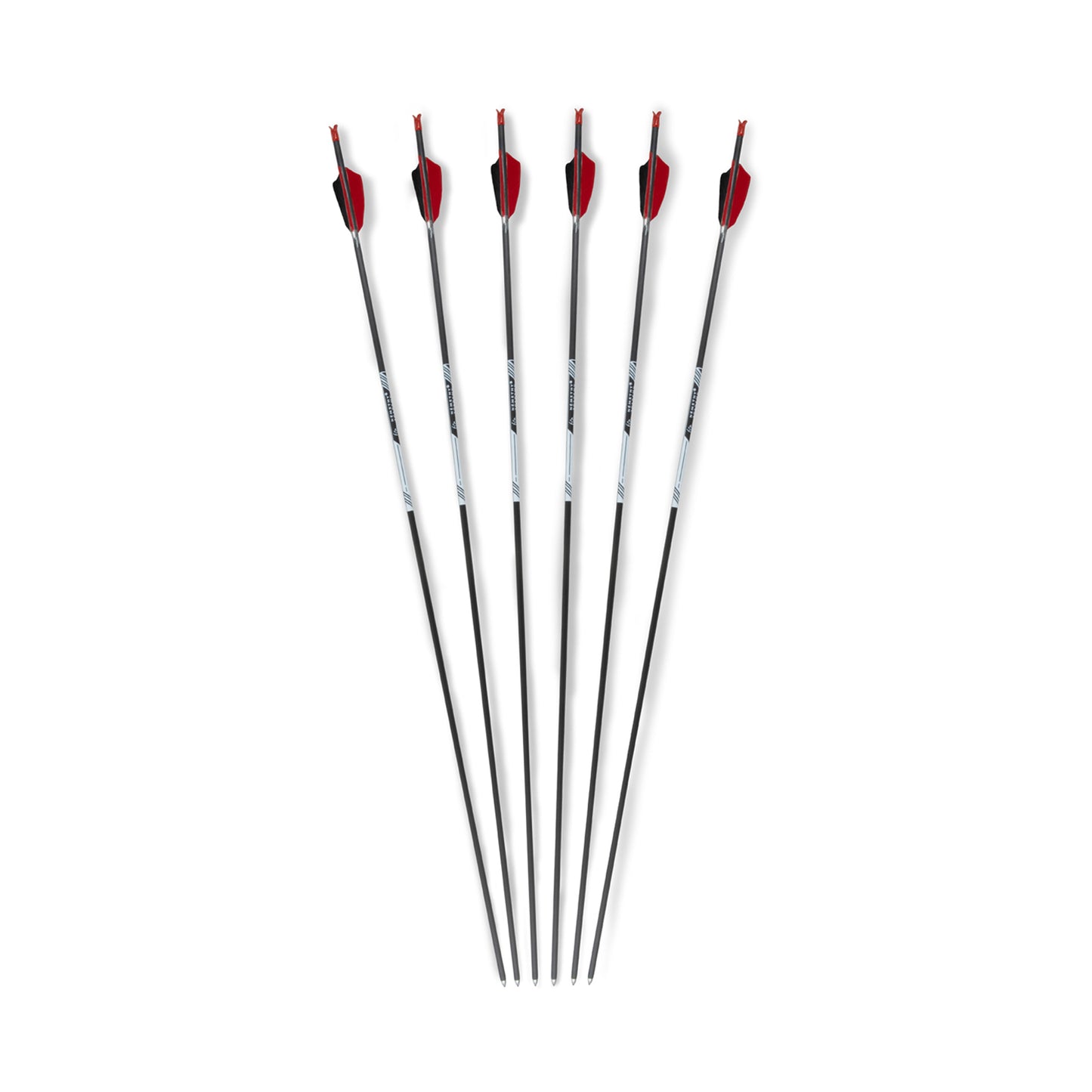
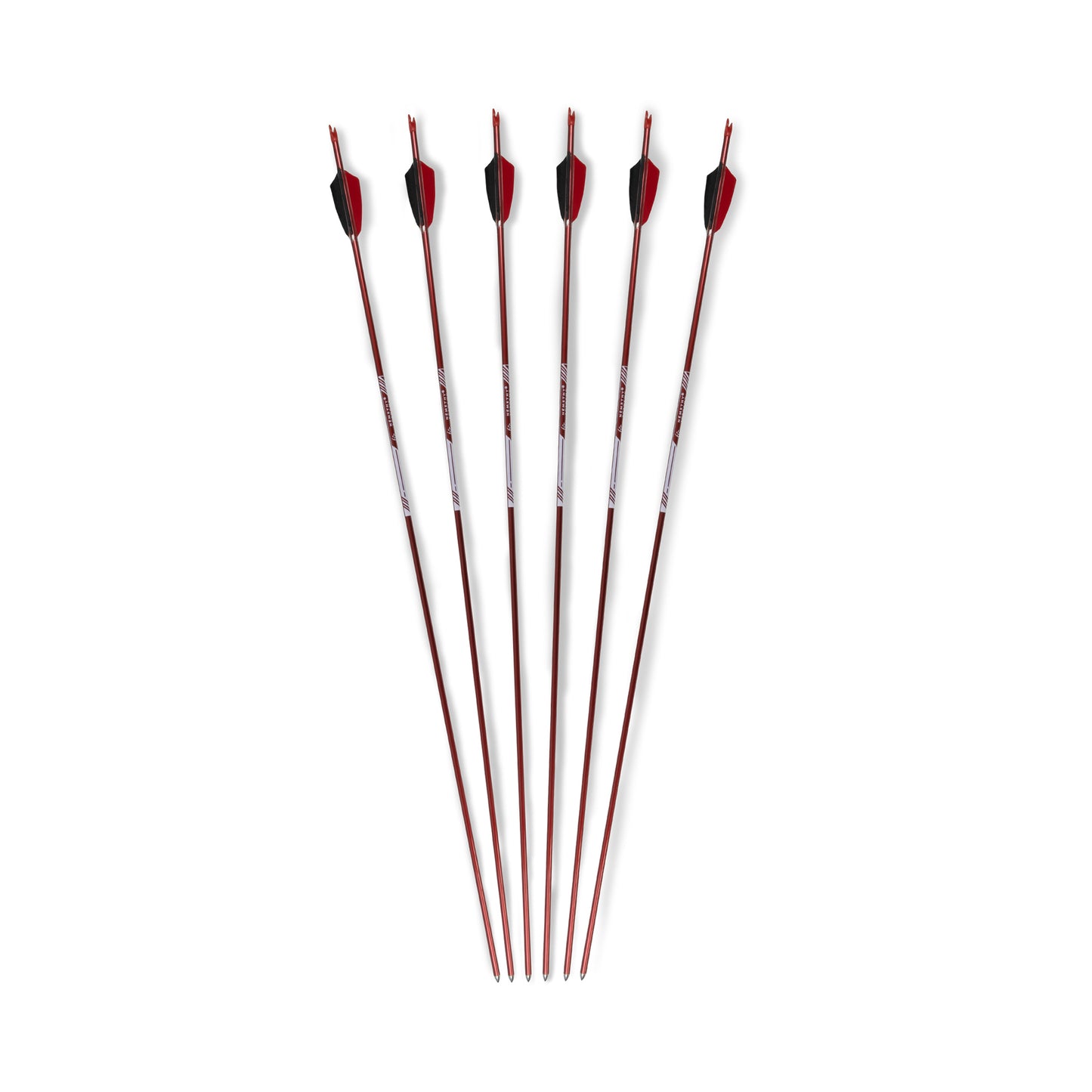
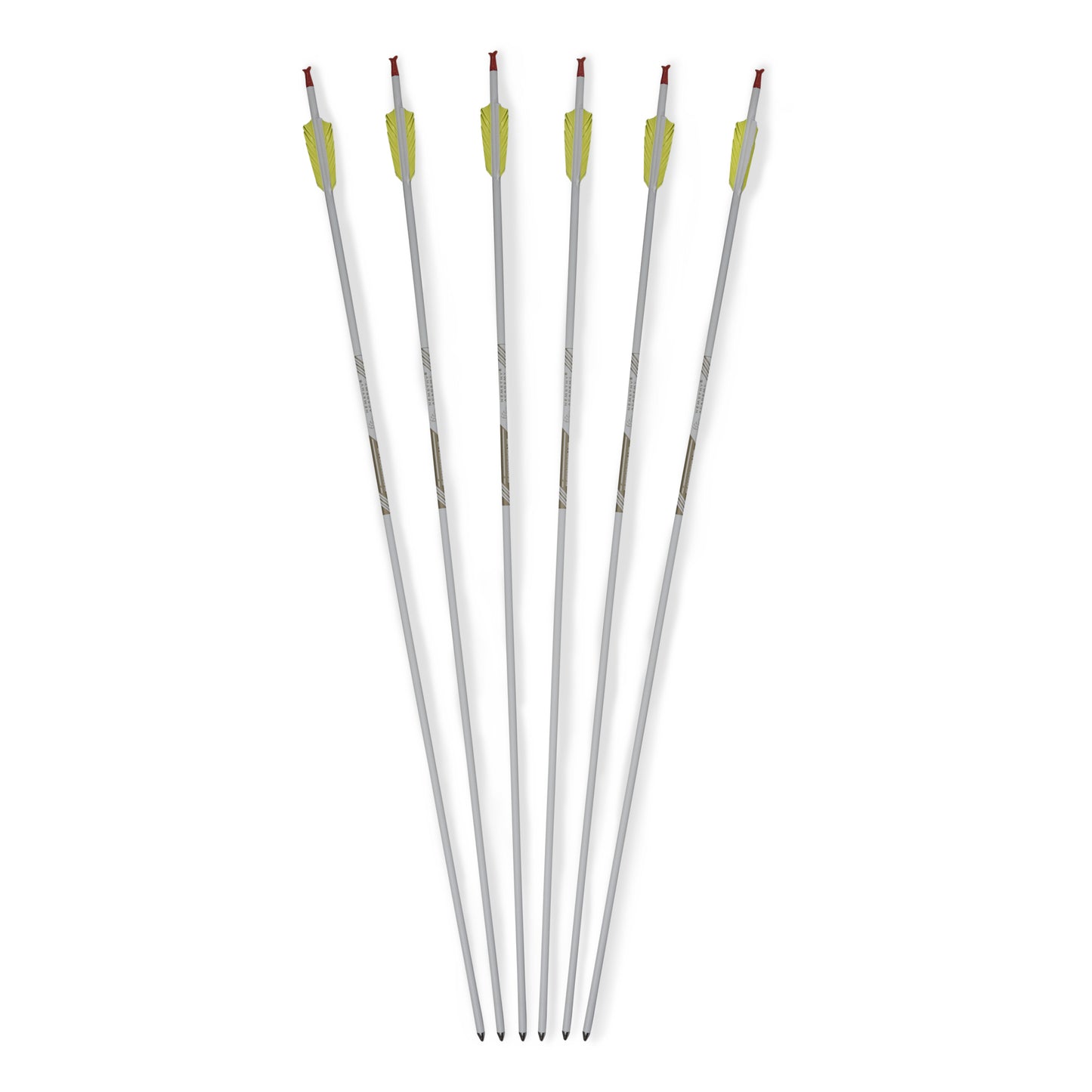
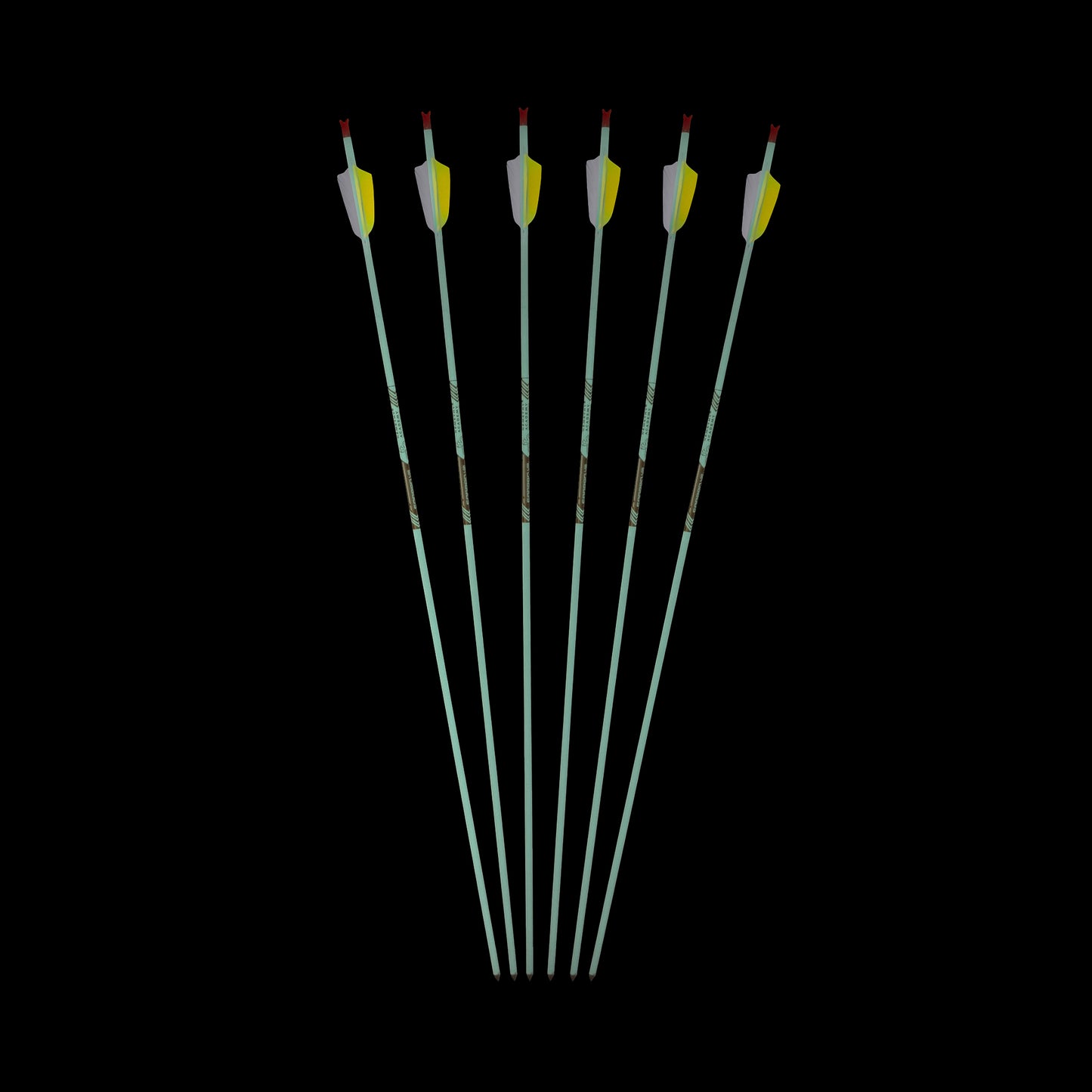
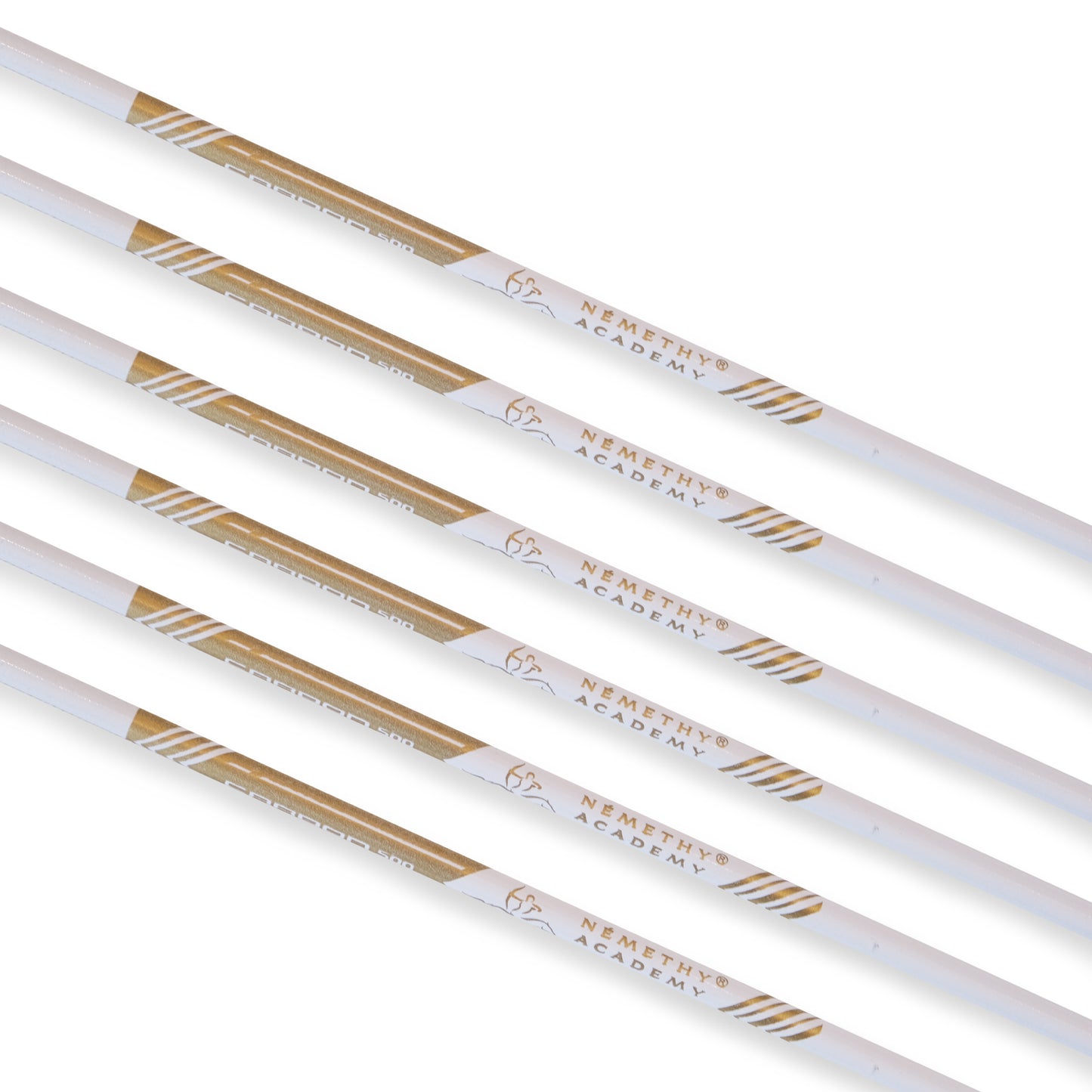
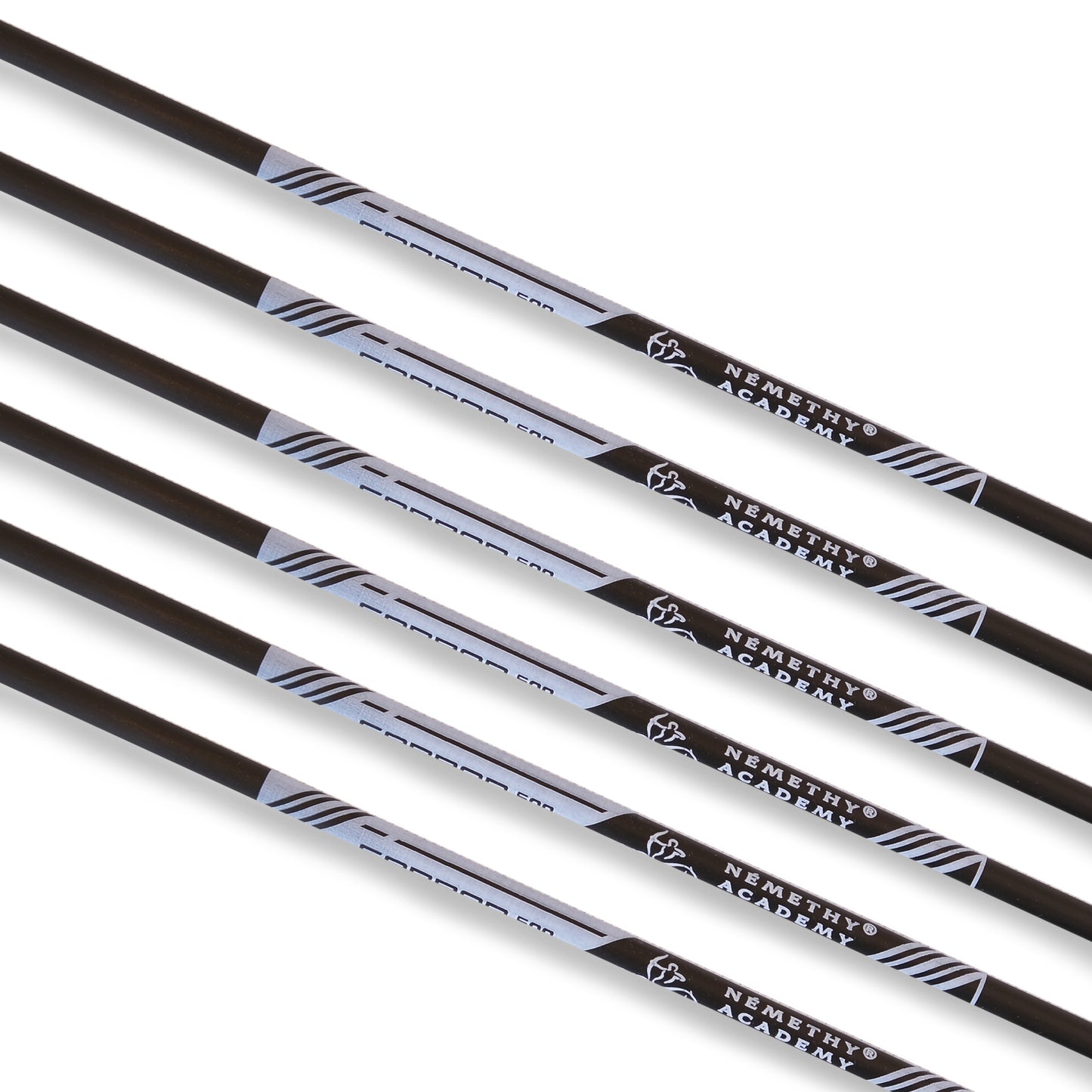
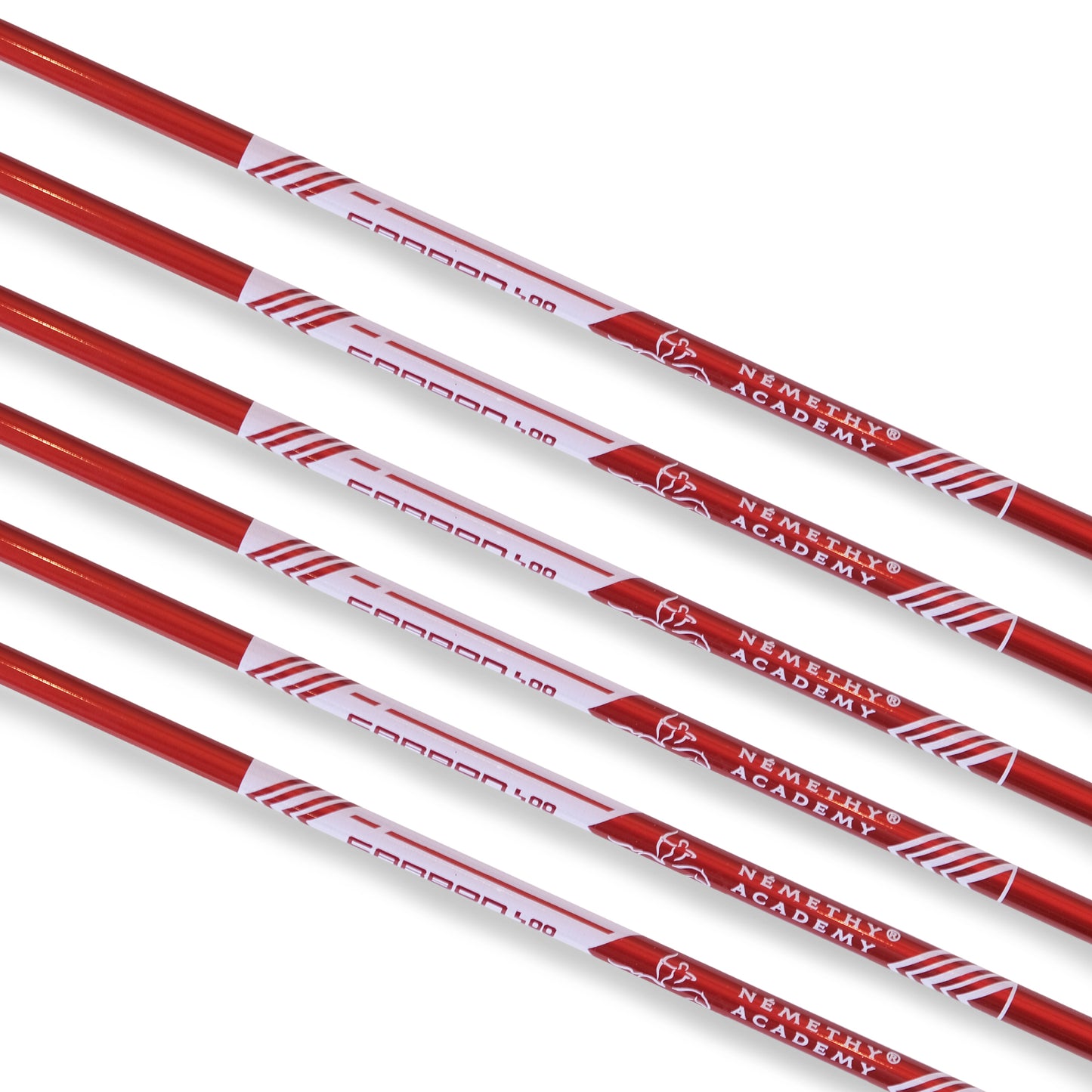
Design your own arrow! Select the ideal length (in inches) and spine value for you, choose the color of your arrow shaft, decorate your arrows with feathers in your favorite color, and finally, add the nock that best suits your technique.
You can order 3 feathered, parabola shaped fletching with your chosen colors.
You can read more about the optional arrow accessories in the 'Arrow Accessories' menu.
How to measure the arrow?
How to measure the fletching?
Sport arrows
Frequently Asked Questions
How can I determine the draw length (col:")?
Determining the draw length will have an impact on choosing the size of the arrow, as well as in determining the poundage of the bow. In the case of the former, if we use an arrow that is too short and pull the string too much, we could easily do damage to ourselves or the equipment.
1 inch (") = 2,54 cm
1. Stand straight, spread the legs in shoulder width.
2. Stretch out the hand in which you will hold the bow, and imitate the grip with your hand. (Right-handed people will hold the bow in their left hand, left-handed people will hold the bow in their right hand.)
3. With our other hand, we illustrate the moment when the string is drawn all the way to the fix point (approx. 3-5 cm back from the center of the neck). Make sure your shoulder blades are closed. The two arms should be in a straight line. We should also place our bow arm’s shoulder further inside to this straight line.
4. Measure the distance between our two hands (roughly our two fists). For the result, calculate approx. plus 3 centimeters (1.5 cm is enough for advanced students).
5. 1 inch is equal to 2.54 cm. So, now we divide the result we got in the previous point by
2.54 cm, so we get the value of the draw length. It is important that when we enter this value, the tip of the arrow is not calculated in, but the part of the nock is still calculated in this length.
Note:
• For growing children, instead of 3 cm, we can calculate even with 6-7 cm.
• Pay particular attention to your posture, otherwise it may happen that you will measure
wrong values, and because of this, you could judge your draw length incorrectly.
• It is still better to order a larger bow than a smaller one, which can completely destroy our joints and shoulders in the long run.
• In classic archery stores, the longest sizes of arrows are usually between 31" and 32". If someone were to ask for a longer one, the price of the arrow could rise significantly. On the other hand, at the Némethy HorsebackArchery Academy, you can buy up to 36" arrows at a cheaper price.
• For horseback archery, it is worth choosing a lighter bow, because most archers have a much longer draw length than foot archers. Most foot archers draw their bows roughly between 28" and 31", while horseback archers draw between 31" and 36". Since most bows in the world are measured at 28", the bow of horseback archers becomes harder due to the extra draw length (up to an extra 6# to 16#), since for every inch drawn further compared to 28", the bow becomes approx. harder by 2#. When we are close to the maximum draw length of the bow, the hardening increases exponentially in the last inches, in this case the bow can be strengthened up to between 3# and 6# at 1". Therefore, overdrawing can have several negative factors:
- It can cause damage to the archer (e.g. shoulder injury, can result in a forced release).
- The bow may break.
- It can affect the flight path of the arrow: in the overstretched section, the string pushes the arrow exponentially, but then pushes the arrow body more linearly than normal, and this drastically affects the straight path of the arrow.
General draw length dimensions:
• Kids: 27"-32"
• Women: 28"-33"
• Men: 29"-37"
What is the difference between the materials of arrows?
In terms of material, arrows are
usually made of wood, bamboo, carbon, aluminum or alucarbon. Carbon arrows are
more common among horseback archers, but some also use wooden arrows.
Aluminium
arrow:
It is worth paying
attention to the fact that the aluminum arrow body can easily heat up in the summer heat, which can hurt the skin during collecting. Similar problems can happen in winter, but then due to the cold weather. An additional challenge can be that if our palms are sweaty during sports, it is even more difficult to remove the arrow from the target, unless we have an arrow extractor. Compared to carbon arrows, aluminum arrows are heavier, so they are somewhat slower and require better aiming. If the arrow hits the wrong place, it may bend and from then on it will no longer fly straight.
Wooden arrow:
Be very careful with cheap wooden arrows that can be bought in shops or stores. This especially applies to horseback archers who use the three-fingered Mediterranean (Hungarian) technique. According to our experience, these arrows break more easily, because during the loading we practice, the wooden arrow gets more hits and damage, as it hits the bow. Of course - as in the case of most types of arrows - the breakage of the material can be caused by many other things. Since
wooden arrows break in the direction of the fiber, they can cause very serious accidents
(especially if you don't use archery gloves), and can even pierce your hand.
We recommend wooden arrows primarily as decorations or for historical photography, but we consider them particularly dangerous for long-term use. It can also cause more serious injury if someone falls off the horse and it pierces the body. In many horseback archery schools - including the Némethy Horseback Archery Academy - the use of wooden arrows is already prohibited for safety reasons.
If the wood is slightly curved, it can also affect the flight path of the arrow. Another problem may be that the tip may fall out of the arrow body sooner during collecting, but the nock may also break more quickly. Wooden arrows are more resistant to extreme weather conditions (e.g. snow, rain, wet soil, etc.). In rainy weather, they quickly absorb moisture, which can also destroy the wood material, but the moisture can also affect the weight of the arrow, which makes it even more difficult to shoot on target.
Choosing the more expensive wooden arrows is much more complicated if we want to be sure. In such cases, the weight of the arrow plays an important role, however, finding arrows of the same weight is sometimes extremely time-consuming. If we managed to select the most ideal wooden arrows for us, our shooting can become more precise, but this can come at a heavy price. This method is most common among professional foot archers.
Carbon arrow:
The
advantage of carbon arrows is that they are much lighter than wooden arrows and do not bend. In their case, it is also not recommended to choose the cheaper products, because they can also break faster. At the same time, it is not necessary to invest in expensive carbon arrows either. It is worth finding the
golden middle path. Carbon arrows in the middle price category may already be suitable for horseback archery. Of course, other considerations may apply to Olympic archers, who have to hit very small targets from a distance. In their case, choosing the ideal arrows can be much more complicated. Horseback archers, on the other hand, aim much closer to larger surfaces.
It is not recommended to buy or manufacture varnished carbon arrows. They are not only much more difficult to remove from the target, but any extra element (e.g. varnish, paint, etc.) only adds extra weight to the arrow. If we still want varnish, then it is worth choosing a bright color, thanks to which we can find the arrow faster when doing archery outdoors.
According to our experience, the three most common reasons why carbon arrows can break are:
1. crosswise shot arrows hit each other,
2. own arrow is shot (from behind),
3. we do not find the arrow in the grass.
What spine value should I choose for an arrow?
The spine value represents the stiffness/flexibility of the arrows, which can affect the flight characteristics of the arrow. Since the spine value varies by material and manufacturer, it is worth asking the specific store what spine value arrow might be ideal for us, compared to the strength of our bow. You can also find different spine value tables, depending on the type of arrow it was created for. With carbon arrows, the higher the spine value, the softer the arrow will be. So arrows with a high spine value can become suitable for weaker bows.
If you want to order an arrow, but you are not sure about the spine value, it is worth asking the seller what spine value arrow they recommend for your type of bow and the poundage of the bow.
On the webshop of the Némethy Horseback Archery Academy, we usually recommend arrows with a spine value of 400-500. These can be ideal for adults and children. We do not offer arrows with a spine value much higher than this because, according to our experience, they have a much thinner wall, which makes them easier to break. This is also assured by the fact that with the three-fingered Mediterranean (Hungarian) technique, the
arrow body collides with the bow during loading, and this is not good for arrows that are too thin either.
What type of fletching should I choose for my arrow?
Fletching are usually made of plastic or turkey feathers. In the webshop of the Némethy Horseback Archery Academy, we sell arrows with 3" Shield Back (76 mm), right-handed, painted turkey fletching. There are also shorter and longer feathers. Typically, the longer feathers are shot from a shorter distance, while the shorter feathers are shot from a longer distance. The longer fletching are more stable as they fly, get tired sooner and fall to the ground, while shorter fletchings fly farther and faster, but are less stable. Since horseback archers usually shoot from a distance, 3" fletching may be ideal for them. Feathers tilted to the right are used by right-handers, while feathers tilted to the left are used by left-handers. If someone were to use the opposite feather, it would not necessarily be felt in horseback archery.
When placing the fletching, make sure that there is a sufficient distance between the feather and the nock so that you do not touch the feather during loading, thus there is less chance that it will deform. In the case of children, the distance between the feather and the nock can be up to 3-3.8 cm. For a normal palm size, this number is roughly 3.8 cm, while for larger palm sizes it can be up to 4.8-5 cm.
We can choose from different colored feathers. As a rule, three feathers are placed on the arrow, two of which are of the same color, while the third (the main fletch) is of a different color to facilitate loading. Since horseback archery is mostly an outdoor sport, it is worth choosing colors that differ from the colors of nature, so that it is easier to find the arrow if you have shot astray.
What type of tips should I choose for my arrow?
We can only attach sport tips to
the arrows used in the sports of archery and horseback archery, which have a blunted (not sharpened) end. Once, this is less dangerous, and on the other hand, the arrow does not go so deep into the target. A deeply pierced arrow will only tire the archer more quickly when collecting, if there is no arrow extractor. According to our experience, those sports tips that suddenly narrow
after a point can damage
the archery net much sooner.
There are actually two ways to attach the tips to the arrow shaft. One solution, when a small piece of aluminum is glued into the tube, and then the tip is easily wrapped into it, is called the insert version. The other solution is when the tip is simply glued into the arrow shaft. We tend to choose the latter because less extra weight is added to the arrow.
Notes:
It is also possible to insert the nocks by gluing, but we do not recommend this. It is better to attach it to the end of the arrow with leukoplast. The reason for this is that when we hit a more massive object with our arrow, a vibration runs through the arrow. Normally, in this case, the nock slides a little further out of the arrow, but if the nock is glued to the end of the arrow body, then the nock cannot move out of its place, so the arrow body can even explode, crack, or even break at the moment of impact.
